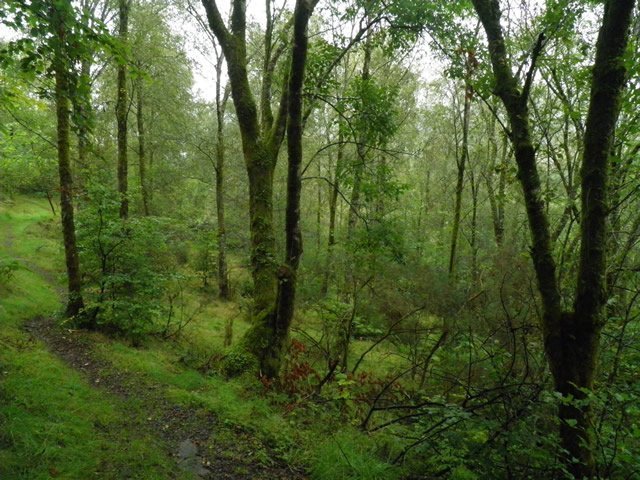How has the vegetation in the temperate deciduous forest adapted to the climate?
The Temperate Deciduous Forest biome has four seasons of winter, spring, summer and autumn. Plants have special adaptations to deal with these seasonal changes.
Deciduous are trees that shed their leaves at the approach of a cool or dry season and later grow new leaves. As the weather gets cooler deciduous trees start to conserve their resources by drawing food and nutrients back from the leaves into the stems. As temperatures drop, the tree cuts off the supply of water to the leaves and seals off the area between the leaf stem and the tree trunk. With limited sunlight and water, the leaves are unable to continue producing chlorophyll (the green pigment in leaves) causing them to change into the beautiful red, yellow and orange leaf colours of autumn.
Leaves are shed as winter approaches due to unsuitable conditions for photosynthesis and possible water problems (lack of water as it is frozen in the earth). In winter, it is too cold for the trees to protect their leaves from freezing, so they simply lose them and seal up the places where the leaves attach to the branch. Losing their leaves helps trees to conserve water loss through transpiration.
Deciduous trees usually have broad leaves e.g., ash, beech, birch, maple and oak. Their broad, green leaves help capture sunlight needed to make food through photosynthesis. Before the leaves die, some of the food material they contain is drawn back into the twigs and branches where it is stored and used the following spring.
When the temperature gets warmer in spring, deciduous trees begin producing new leaves. These leaves capture sunlight throughout the spring and summer which helps them grow until the cycle starts again in autumn.

Vegetation in the deciduous forest
Some plants in the deciduous forest, such as honeysuckle and ivy, climb trees to get sunlight.
Bluebells grow very quickly in the spring so they can flower before the trees get their leaves as the forest floor is too dark to grow when the canopy is complete.
Use the images below to explore related GeoTopics.